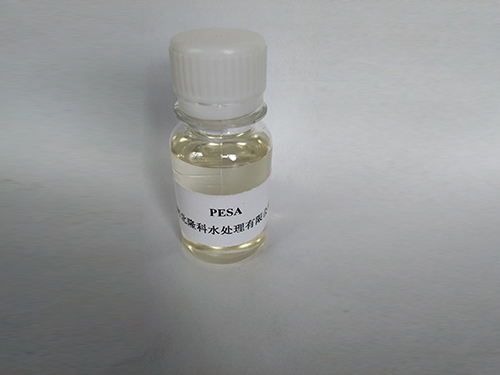Exploring the Chemical Properties and Applications of Organophosphonates in Modern Science
The Significance of Organophosphonates Chemistry, Applications, and Environmental Considerations
Organophosphonates are a class of phosphorus-containing organic compounds that have garnered significant attention in both academic and industrial sectors due to their unique chemical properties and diverse applications. Characterized by a phosphorus atom bonded to an organic group and to oxygen atoms, organophosphonates can play crucial roles in various fields, including agriculture, pharmaceuticals, and environmental science. This article delves into the chemistry of organophosphonates, their applications, and environmental implications.
Chemistry of Organophosphonates
Organophosphonates have a distinctive structure comprising a phosphorus atom bonded to carbon, oxygen, and nitrogen atoms. This structural versatility enables the formation of various derivatives, making them adaptable for different applications. One of the most notable characteristics of organophosphonates is their stability compared to other phosphorus-containing compounds, which often hydrolyze rapidly. This stability is primarily due to the P-C bond, which is less susceptible to hydrolysis than the P-O bond seen in traditional organophosphates.
The general formula for organophosphonates can be represented as R-PO(OH)(OR'), where R can be a variety of organic groups, either aliphatic or aromatic, and R' can also be another organic grouping or hydrogen. This diversity allows for the modification of physical and chemical properties to meet specific requirements in various applications, leading to their increasing importance in research and industry.
Applications of Organophosphonates
Organophosphonates have a wide range of applications across several fields
1. Agriculture One of the primary uses of organophosphonates is in the agriculture sector. They serve as effective herbicides and pesticides, aiding in the control of pests that threaten crop yield. Compounds like glyphosate, often classified as an organophosphonate, disrupt vital metabolic pathways in target plants and pests, making them invaluable tools for farmers worldwide.
organophosphonates

2. Water Treatment Organophosphonates also find applications in the treatment and prevention of scale formation and corrosion in industrial water systems. Due to their chelating properties, they can bind to metal ions, preventing fouling and extending the lifespan of machinery and piping systems.
3. Pharmaceuticals In the pharmaceutical industry, organophosphonates are used for drug development. Certain organophosphonate compounds exhibit biological activity and can serve as enzyme inhibitors or substrates, making them potential candidates for therapeutic agents against various diseases, including cancer and bacterial infections.
4. Chemical Synthesis Organophosphonates act as versatile building blocks in organic synthesis, allowing chemists to create complex molecules for further research and application. Their reactivity and ability to participate in various coupling reactions have made them essential in drug discovery and materials science.
Environmental Considerations
Despite their various applications, the use of organophosphonates raises several environmental concerns. While they are generally regarded as less toxic than traditional organophosphate pesticides, improper use or disposal can still lead to environmental contamination. Studies have highlighted the persistence of organophosphonates in soil and water systems, posing risks to aquatic organisms and potentially disrupting ecosystems.
Furthermore, the bioaccumulation potential of some organophosphonates is a concern, necessitating regulatory frameworks to assess their environmental impact. Continuous monitoring and research are crucial in understanding the long-term effects of these chemicals in natural habitats and ensuring their safe use.
Conclusion
Organophosphonates are a fascinating group of compounds with essential roles in various applications, from agriculture to pharmaceuticals. Their chemical stability and versatility make them valuable in numerous industrial processes. However, their environmental implications cannot be overlooked. As we delve deeper into the science of organophosphonates, emphasizing responsible usage and sustainable practices will be pivotal in harnessing their potential while minimizing ecological risks. Continuous research is necessary to develop safer alternatives and effective regulatory measures, ensuring that the benefits of these compounds do not come at the cost of environmental health.
-
Water Treatment with Flocculant Water TreatmentNewsJun.12,2025
-
Polymaleic AnhydrideNewsJun.12,2025
-
Polyaspartic AcidNewsJun.12,2025
-
Enhance Industrial Processes with IsothiazolinonesNewsJun.12,2025
-
Enhance Industrial Processes with PBTCA SolutionsNewsJun.12,2025
-
Dodecyldimethylbenzylammonium Chloride SolutionsNewsJun.12,2025





